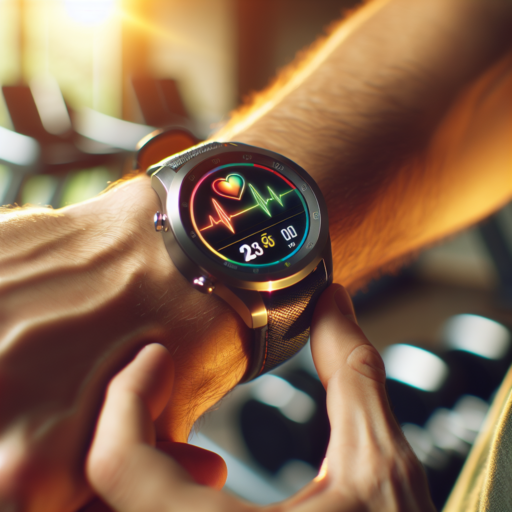What is the frequency of a watch?
The concept of frequency in a watch pertains specifically to the oscillations of its movement that defines its accuracy and precision in timekeeping. This is a pivotal aspect that differentiates one timepiece from another, especially when comparing mechanical and quartz watches.
Mechanical Watches Frequency
Mechanical watches operate through a complex system of gears and springs, with the balance wheel playing a crucial role. The frequency of a mechanical watch is measured in hertz (Hz), which indicates the number of oscillations per second. A common frequency for mechanical watches is 4Hz, equivalent to 28,800 vibrations per hour (vph), allowing for a second hand to move in a smoother, sweeping motion.
Quartz Watches Frequency
On the other hand, quartz watches utilize a battery and a quartz crystal to keep time. When electricity from the battery passes through the quartz crystal, it oscillates at a remarkably stable frequency of 32,768 Hz. This high frequency is then electronically reduced and converted into one pulse per second to drive the timekeeping mechanisms of the watch.
The frequency of a watch is central to its timekeeping abilities, with higher frequencies generally allowing for greater accuracy. However, the choice between a high-frequency quartz or a lower-frequency mechanical watch often comes down to personal preference, aesthetics, and the value placed on traditional watchmaking craftsmanship.
No se han encontrado productos.
What Hz is a Rolex?
Understanding the frequency, measured in Hertz (Hz), of a Rolex watch is crucial for appreciating the precision and craftsmanship that go into these iconic timepieces. Rolex watches, renowned for their accuracy and durability, operate at a distinct frequency that sets them apart in the world of luxury watches.
The typical frequency for a modern Rolex movement is 4 Hz, or 28,800 vibrations per hour (vph). This means that the balance wheel of a Rolex oscillates back and forth 8 times per second. This specific frequency is a hallmark of Rolex’s commitment to combining traditional watchmaking excellence with cutting-edge technological advancements.
In contrast to other frequencies used in watchmaking, the choice of 4 Hz by Rolex demonstrates a balanced approach to achieving precision while maintaining the mechanical integrity of the watch over time. This frequency is not just a technical detail; it is a core aspect of the Rolex identity, reflecting the brand’s dedication to performance and reliability.
Is higher frequency in watch better?
When discussing the intricacies of watchmaking, the question of whether a higher frequency in a watch is better often surfaces. At its core, the frequency, measured in Hertz (Hz), reflects how many times the watch’s balance wheel oscillates back and forth per hour. This function is pivotal for the accuracy and precision of timekeeping.
Determining Timekeeping Accuracy
The conventional wisdom suggests that watches with higher frequency movements are likely to offer better timekeeping accuracy. This is because the more oscillations per hour, the smaller the interval for potential deviations in timekeeping. In essence, with more ‘ticks’ per second, the movement can adjust more precisely to the exact time, theoretically reducing the margin of error.
Considerations Beyond Accuracy
However, stating that higher frequency equates to a superior watch simplifies a complex topic. Notably, watches with higher frequencies often consume more power, necessitating more frequent winding or larger batteries in quartz watches. Additionally, the increased friction can lead to faster wear, impacting the longevity and service intervals of the movement. Therefore, while the allure of supreme accuracy is strong, it’s essential to weigh these considerations carefully.
Ultimately, the question of whether a higher frequency in a watch is better cannot be answered with a simple yes or no. It encompasses a balance between desired accuracy, longevity, and other personal preferences in watchmaking craftsmanship and aesthetics.
What is 21600 frequency?
The 21600 frequency refers to a specific cycle per hour measure often found in the realm of precision timekeeping and mechanics. This term notably relates to the operational capacity of various mechanical devices, particularly those found in horology. Watches, both vintage and modern, which operate at this frequency, are known to exhibit a high degree of accuracy, making this specification a sought-after feature among connoisseurs and collectors alike.
In the context of wristwatches, a device operating at a 21600 frequency will beat 21,600 times per hour. This is a critical detail for individuals interested in the mechanics of timepieces, as the vibration or ‘beat’ rate directly influences the precision with which a watch can measure time. The higher the frequency, the more granularly a watch can measure time, which typically translates into greater accuracy. However, it is essential to note that while higher frequencies can offer more precision, they also often result in increased wear and require more energy to maintain.
The significance of 21600 frequency extends beyond just the accuracy; it also impacts the longevity and maintenance schedules of timekeeping devices. Watches with this frequency are renowned for their balance between accuracy and mechanical wear, offering an optimal compromise for daily wear. This balance is crucial for the durability of mechanical movements, ensuring that they can provide precise timekeeping while minimizing the need for frequent maintenance or repair.




